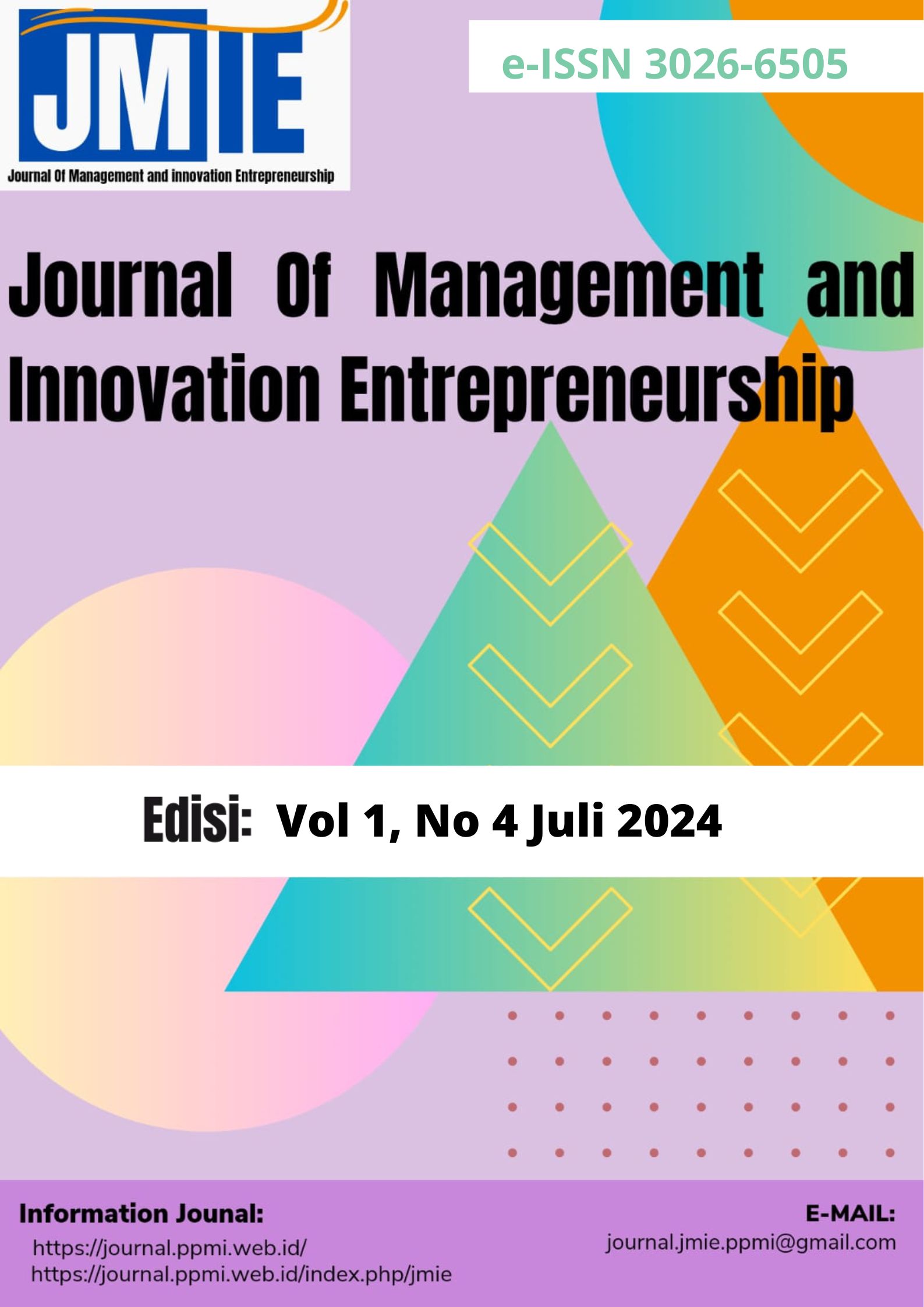THE CREATIVE ECONOMY OF ULOS IN THE LUMBAN SUHI SUHI COMMUNITY ON SAMOSIR ISLAND
Abstract
Ulos is an object that is closely associated with the Batak tribe; wherever there are Batak people, there is ulos. Ulos is not only sacred but there is a shift in its usage, by the community for various events or occasions, additionally, ulos fabric remains an economic value for some communities who appreciate it’s patterns from various regions, furthermore, from a production perspective, ulos is no longer exclusively handmade (woven) but is also produced using machines with a wider variety of patterns or symbols. The purpose of this research is to determine how ulos can be utilized as a creative economy for the Lumban Suhi Suhi community on Samosir Island. This research is using the City Branding Theory, where City Branding is a strategy that makes a place “speak” to the community, primarily targeting potential visitors (tourists). The approach used is a Qualitative Approach by using the Case Study research method, with data collection techniques involving Observation and Interviews. The result of this research findings that discuss about Creative Economy of Ulos in terms of its transformation into economic value, where the value of a Ulos lies in its various forms, such as fashion items or clothing, skirts, jackets, or souvenirs promoted through events, thereby enhancing Samosir's city branding, particularly Lumban Suhi Suhi, through the Creative Economy sector. This is also influenced by the production process of ulos, which is woven by hand or machine, as there are differences in price and production time, making ulos economically valuable as fashion or souvenirs, therefore, the conclusion of this study is to enhance the economy of the Lumban Suhi Suhi community through ulos in event promotions, its production should also be carried out in the Samosir region by training weavers to improve their weaving knowledge, so that the ulos produced becomes a distinctive feature to strengthen the regional identity and create significant economic value, particularly within the creative economy.
Keywords: Ulos, City Branding, Event, Creative Economy
References
Howkins, J. (2001). The Creative Economy: How People Make Money from Ideas. Penguin Books.
Panjaitan, A. The Function and Meaning of the “Mangulosi” Ritual in Batak Toba Wedding Ceremonies.
Siregar, T. M. B. S., Azzahra, I. R., Siregar, N. A., Karosekali, Y. M., & Salim, Z. F. (2024). The Meaning of Mangulosi in the Batak Toba Wedding Ritual. Mutiara: Multidisciplinary Scientific Journal, 2(5), hlm.–– . https://doi.org/10.57185/mutiara.v2i5.179 Wikipedia+5mutiara.al-makkipublisher.com+5ResearchGate+5
Sinulingga, J., Simarmata, T. M., & Tampubolon, J. P. (2024). Makna Mangulosi dalam Pernikahan Batak Toba: Kajian Wacana Kritis. Jurnal Pendidikan Tambusai, 8(2), 24641–24645. Retrieved from http://jptam.org/index.php/jptam/article/view/15932 Jurnal Pendidikan Tambusai
Sihombing, S. U., & Indrawati. (2020). Proses Penyerahan Ulos (Mangulosi) dalam Pernikahan Adat Suku Batak Toba. Jurnal Online Mahasiswa Bidang Ilmu Sosial dan Ilmu Politik (JOM FISIP), Vol. 7(1), …–…. jom.unri.ac.id+1Wikipedia+1
Bungin, B. (2015). Komunikasi Pariwisata (Tourism Communication): Pemasaran dan Brand Destinasi (Cet. ke 1). Jakarta: Prenada Media Group. ISBN 978 602 118 688 6 onesearch.idprenadamedia.comejournal.kemenparekraf.go.id
Yin, R. K. (1996). Introduction: How to Know Whether and When to Use Case Studies as a Research Method. In Case Study Research: Design and Methods. SAGE Publications. (Dasar metodologi studi kasus dijelaskan dalam bab pengantar).
Yin, R. K. (2011). Qualitative Research from Start to Finish. New York: Guilford Press.
(Membahas “how” dan “why” pendekatan serta jenis studi kasus).
Kementerian Perindustrian Republik Indonesia, Direktorat Jenderal Industri Kecil dan Menengah (IKM) & Japan International Cooperation Agency (JICA). (2014). Partisipasi Perajin Tenun Ulos Samosir dalam Indonesia Fashion Week.




















